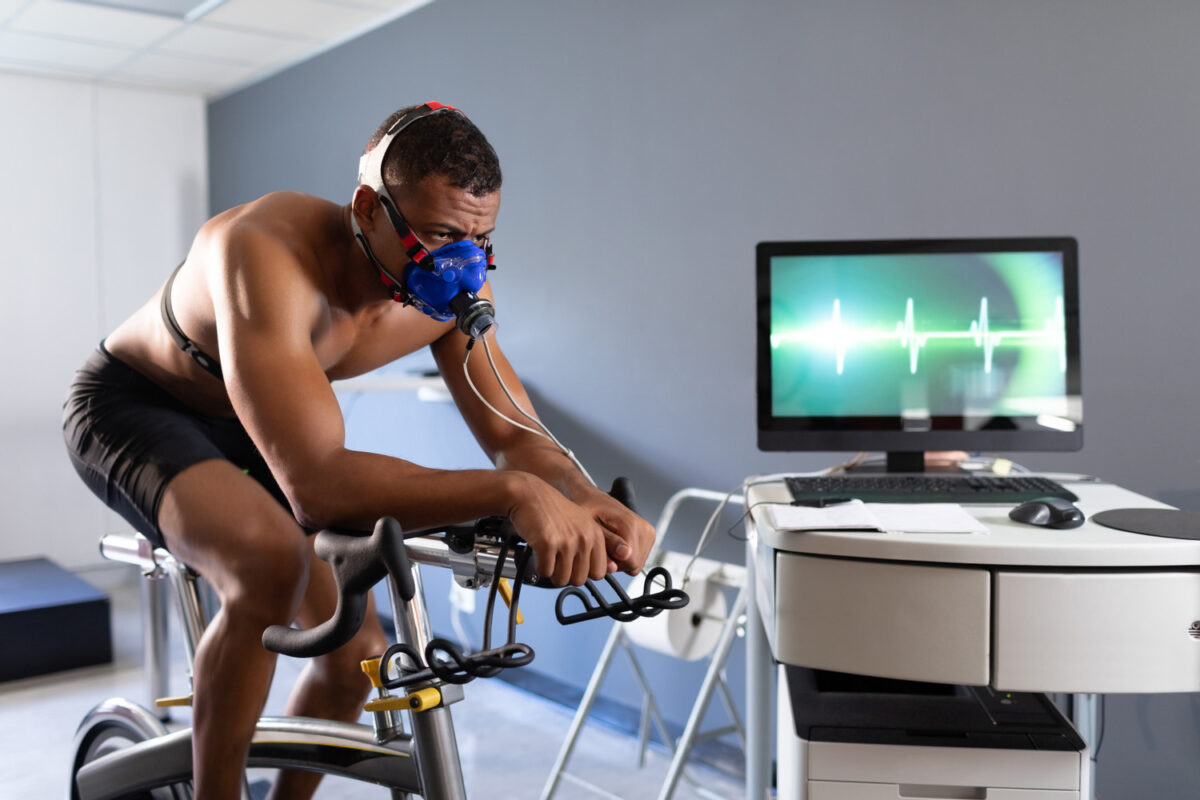The Future of Fitness: How Oxygen Can Transform Your Training

Fitness is ever-evolving, with new methods, technologies, and insights constantly shaping the way we approach physical performance. One of the latest innovations in fitness is the integration of oxygen into training routines, offering a game-changing approach for enhancing endurance, recovery, and overall performance. This article explores how oxygen can be utilized in fitness, focusing on the exciting potential of EWOT benefits and how it is revolutionizing the way we train.
Understanding the Role of Oxygen in Fitness
Oxygen is essential to human life. It fuels our cells, helping them produce the energy necessary for muscle function and overall bodily performance. During physical activity, our muscles consume more oxygen to sustain increased energy demands. However, the body’s ability to deliver and utilize oxygen can be a limiting factor in how well we perform and recover from exercise. This is where oxygen therapy, specifically EWOT, comes into play.
EWOT is a method of exercise that combines physical activity with the inhalation of oxygen-enriched air. By increasing the oxygen intake during training, individuals can experience numerous benefits ranging from improved cardiovascular function to enhanced recovery speeds. Let’s dive deeper into how this technique works and why it’s being hailed as the future of fitness.
What is EWOT (Exercise with Oxygen Therapy)?
EWOT involves exercising in a controlled environment where the air you breathe is oxygen-enriched—typically 30-40% oxygen compared to the 21% found in regular air. This higher oxygen concentration enhances the amount of oxygen delivered to the body during exercise, which can support the body in various ways.
The practice generally involves wearing a mask or nasal cannula connected to an oxygen tank while performing a moderate-intensity workout. Activities can range from cycling and walking to strength training and yoga, depending on the person’s fitness level and goals.
The Science Behind EWOT
When you exercise, your muscles require more oxygen to produce the energy necessary for movement. In traditional training, the body reaches a point where it can no longer keep up with the increased demand for oxygen, leading to fatigue and a build-up of lactic acid. This is a major contributor to the soreness and tiredness we feel after workouts.
With EWOT, the additional oxygen intake supports the mitochondria in the cells, boosting their ability to produce ATP (adenosine triphosphate), the energy currency of the body. This can help delay fatigue, allowing you to work out longer and harder without experiencing the same levels of exhaustion. By optimizing oxygen usage, EWOT helps improve aerobic capacity, endurance, and overall performance.
The Top EWOT Benefits
Let’s take a closer look at the significant benefits of incorporating Exercise with Oxygen Therapy into your fitness regimen:
1. Improved Endurance and Performance
One of the most immediate EWOT benefits is the improvement in endurance. Studies show that exercising with higher oxygen levels can help athletes go longer and work harder without feeling exhausted. This makes it particularly useful for endurance athletes, like long-distance runners, cyclists, and swimmers, but it can benefit anyone looking to push the limits of their fitness.
With more oxygen available, muscles can work at a higher capacity without accumulating lactic acid as quickly. This can result in better stamina during workouts, faster speeds, and the ability to complete more sets or reps in strength training sessions.
2. Faster Recovery
One of the primary challenges of any training routine is recovery. EWOT can expedite recovery times by increasing the delivery of oxygen to muscle tissues, which promotes faster repair and reduces inflammation. The enhanced oxygen circulation helps clear metabolic waste products from the muscles, such as lactic acid, which are typically responsible for muscle soreness.
A faster recovery cycle enables athletes to train more frequently, improving overall progress in a shorter amount of time.
3. Increased Oxygen Utilization and VO2 Max
EWOT helps enhance oxygen utilization efficiency, which is crucial for improving aerobic fitness. By training with increased oxygen, the body can adapt and become more proficient in using oxygen during physical activity. This ultimately leads to an increase in VO2 max, a key indicator of cardiovascular fitness.
Higher VO2 max levels correlate with better endurance, heart health, and an increased ability to perform at high intensities without feeling winded. This makes EWOT an excellent option for those training for events like marathons, triathlons, or competitive sports.
4. Enhanced Mental Focus and Clarity
Many people experience mental fatigue during intense workouts, which can impair focus and negatively impact performance. Oxygen plays a crucial role in brain function, so enhancing oxygen levels through EWOT can also improve cognitive function, mental clarity, and focus.
By keeping the brain oxygenated, athletes may find themselves more alert and better able to maintain technique, form, and strategy throughout their workout or competition.
5. Supports Cardiovascular Health
EWOT training is a form of cardiovascular conditioning that helps the heart pump oxygen-rich blood more efficiently throughout the body. The enhanced oxygenation can improve the elasticity of blood vessels, reduce blood pressure, and increase the efficiency of heart function. This makes EWOT a powerful tool for improving overall cardiovascular health and longevity.
How to Integrate EWOT into Your Fitness Routine
Adding Exercise with Oxygen Therapy to your routine may seem intimidating at first, but it is relatively simple once you get the hang of it. Here are some tips for incorporating EWOT effectively:
- Start Slow: If you’re new to EWOT, start with short, low-to-moderate intensity workouts. Gradually increase the duration and intensity as your body adapts to higher oxygen levels.
- Work with a Professional: Consider seeking advice from a fitness trainer or health professional who is experienced with EWOT to ensure that you’re using the right equipment and following proper techniques.
- Track Your Progress: As with any fitness routine, tracking your results will help you understand the effectiveness of EWOT. Monitor improvements in endurance, recovery, and overall performance to see the benefits in action.
- Use Specialized Equipment: EWOT typically requires access to an oxygen machine or a mask. Look for fitness centers that offer oxygen-enriched training environments, or invest in a home system if it aligns with your fitness goals.
Conclusion
The future of fitness is undoubtedly shifting toward more personalized, science-backed methods that optimize performance and recovery. EWOT benefits are a prime example of how oxygen can enhance your workout routines, helping you achieve better endurance, faster recovery, and improved cardiovascular health.
Whether you’re an elite athlete or someone just starting on your fitness journey, incorporating oxygen therapy into your training regimen can take your results to the next level. As research into EWOT and its potential continues to expand, the possibilities for how oxygen can transform training are vast and exciting. Consider giving it a try and experiencing the revolutionary impact it could have on your fitness goals.










